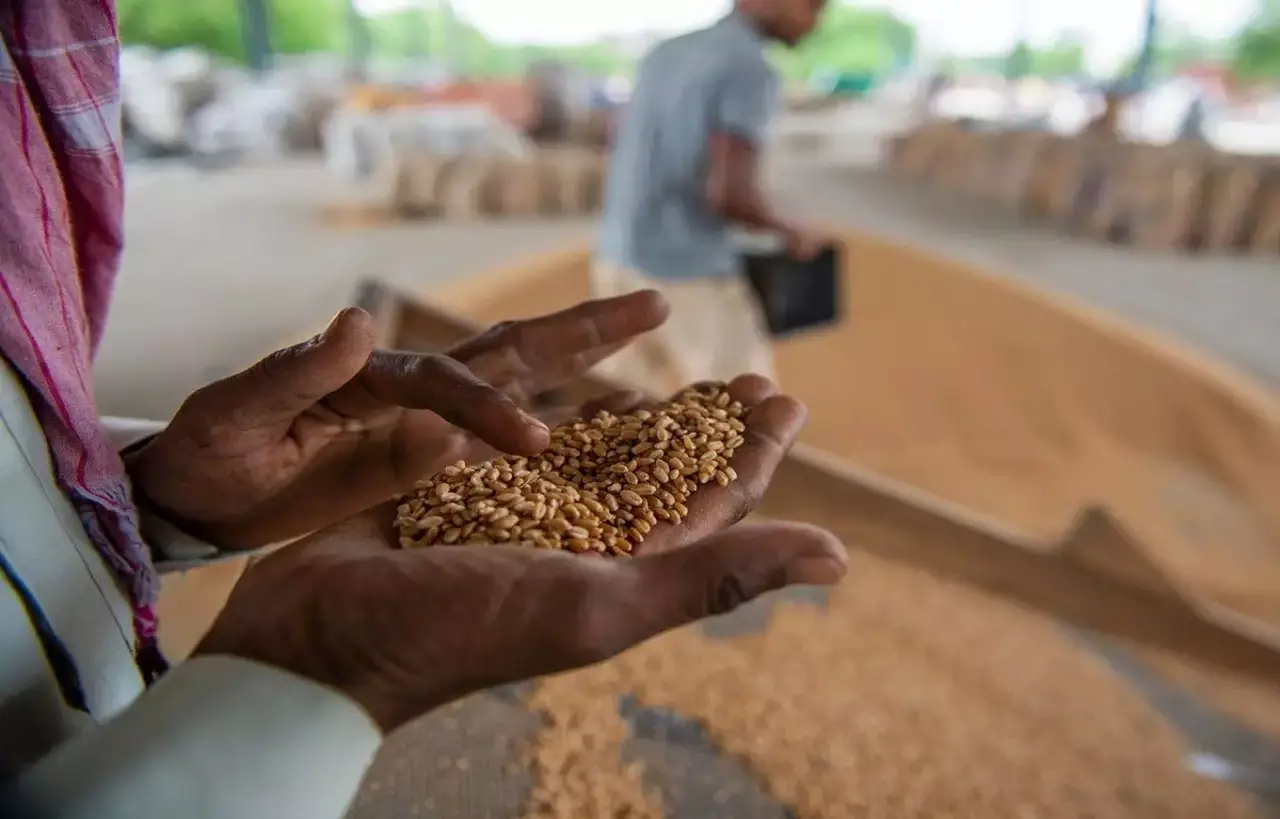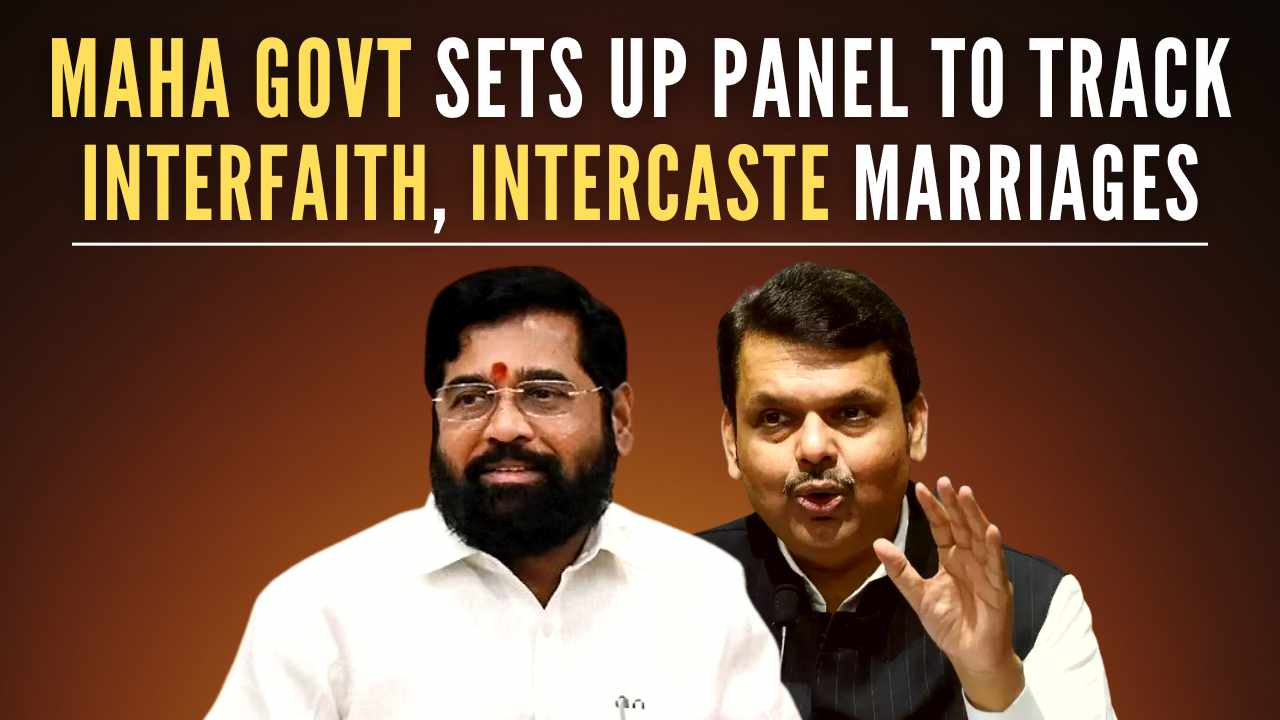The ease of living made possible by digital technologies has made previously innovative digital services necessary for the general population. Previously thought of as a curiosity, the internet is now required for the majority of daily activities.
Internet access and restrictions
- In the past few decades, a variety of gateways have emerged in the shape of telecom service providers, personal computers and cellphones, operating systems, etc. to provide access to the internet.
- The openness of the internet is jeopardised when these gateways enable and restrict access to other gateways or networks.
- As a result, they change from serving as a facilitator to a regulator, or a doorway to a gatekeeper. Therefore, a code of behaviour or regulation is required to maintain an even playing field that is open to all.
Analysis: Telecoms and Government
- Providers of telecom services: Telecommunications firms have played a crucial role in opening up access to fundamental communication services like voice calls, internet data, and text messages.
- Government regulation of the telecom industry: Governments from all over the world have occasionally taken action to control these organisations to ensure that the public has democratic access. The internet would not be what it is today if these gateway providers were not subject to this code of behaviour. These providers would have transformed into gatekeepers, controlling the internet and stifling innovation and the spread of democracy.
- Code of conduct cannot keep up with the rate of advancement of digital technology: The code of conduct and laws can’t keep up with the new gateway providers that are arising given how quickly digital technologies are changing. Platforms for distributing smartphone applications are one such instance.
- Bigtech benchmarks aid in bringing some cleanliness to mobile apps: The market for app stores is dominated by Google and Apple, the two leading operating systems for smartphones. They established best practises to guarantee fundamental cleanliness for mobile applications, upheld standards of excellence for the information on their operating systems, and protected the interests of their users.
- However, without sufficient laws to watch how they decide on what should be weeded out and whose interests should be protected, it’s a slippery slope without full proof regulation.
Indian government forwards a policy on net neutrality
- Enforcing a telecoms code of conduct Closer to home, the Indian government’s policy on net neutrality, which, among other things, requires that telecom networks be neutral to all the information being transferred across them, is another example of the implementation of this code of conduct on providers.
- Net neutrality refers to the principle that all communication flowing via a network should be treated similarly, regardless of its content, application, service, device, sender, or recipient address. By adopting Net Neutrality, we made sure that we stood up for democracy in the face of Big Tech.
Distribution platforms’ dubious methods
- Practices carried out without users’ consent: The use of payment gateway limits, advertising preferences, app policies, and other components of an application or business that could be viewed as discriminatory in both theory and reality.
- One such instance is a Goggle’s Update: The Google Play Store’s payment policies were recently deemed to be “unfair and discriminatory” in a study presented to the Competition Commission of India. All applications on Google’s platform were required to use its payment systems for any kind of in-app payments or subscriptions as per an amendment to Google’s Play Store billing policy in September 2020.
- Similar issues have been made regarding Apple’s App Store, since both stores are allegedly charging up to 30% commission on all payments completed.
- The bigtechs’ monopoly on the market and one-sided control over smartphone apps: The global market share of smartphone operating systems is dominated by Google and Apple (OS). As a result, they now have sole authority over the distribution of mobile applications for their operating system.
- Developers are compelled to abide by the rules set forth by these large tech gatekeepers: Bigtechs require developers to alter their applications or use their exclusive advertising engines in order for their applications to be released. Various smartphone application-dependent businesses and developers continue to be vulnerable to such internal business policy changes on these platforms, as is obvious from the overnight change in Google’s charging policy.
The Digital Markets Act (DMA) of the European Union serves as a model.
- Recognizing these worries, the European Union recently passed the Digital Markets Act, which is scheduled to go into effect at the beginning of 2023.
- Aims to maintain competitiveness in the digital market: Through ex-ante regulation, the Digital Markets Act legislation seeks to maintain the competitiveness and innovation of the digital market.
- Prohibit anti-competitive behaviour: The DMA will forbid the biggest digital platforms from engaging in the most damaging anti-competitive behaviour.
- The goal is to maintain equilibrium between these platforms, which govern access to digital markets, and the businesses that provide their services there.
@the-end
Through the innovative and disruptive digital public goods it has produced, the Indian government has made great strides toward maintaining its sovereignty. Names on this list include Aadhaar, UPI, DigiLocker, and CoWIN, to name just a few. However, there is still a considerable reliance on a variety of digital services made possible by big international tech businesses. A level playing field must be ensured, and the government must create the necessary rules to prevent innovative gateways from becoming oppressive gatekeepers.
Source—https://indianexpress.com/article/opinion/columns/centre-internet-accessible-to-all-8329022/












